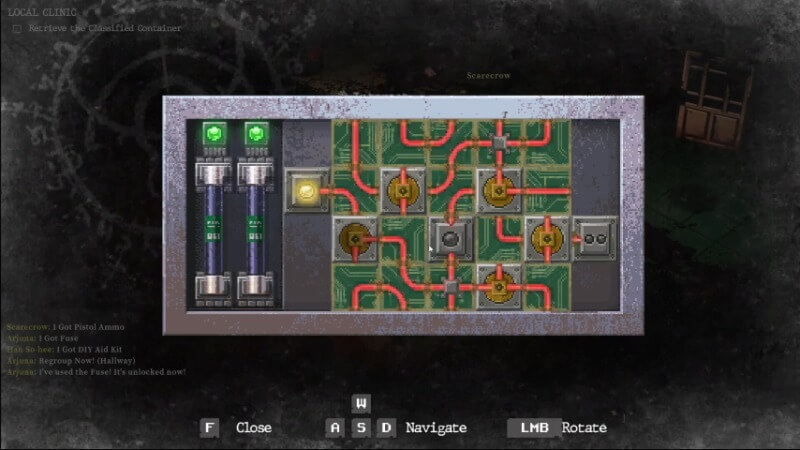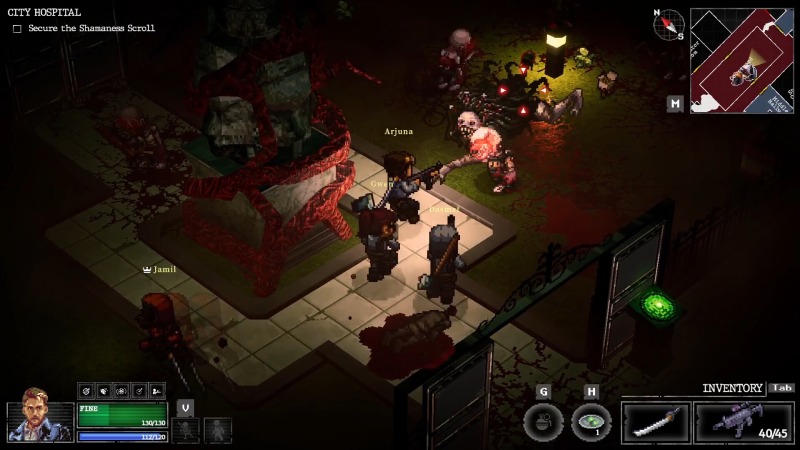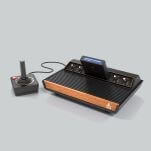Whisper Mountain Outbreak Puts A Run-Based Twist On Old School Survival Horror
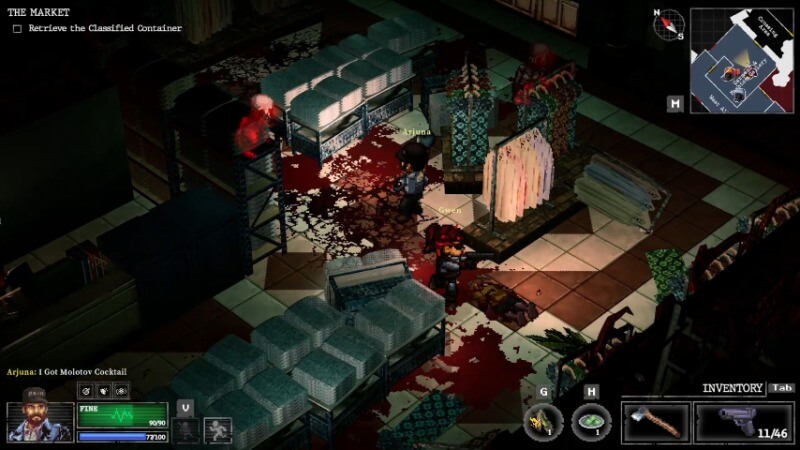
At first blush, I was a bit skeptical of Whisper Mountain Outbreak’s premise: basically, it’s a co-op roguelike that attempts to translate Resident Evil’s escape room puzzle-solving and survival horror elements into a randomized package. Entering Early Access today, the game is the latest from Indonesian developer/publisher Toge Productions (No Space for the Unbound, Coffee Talk, etc.), and ties in fairly neatly to the recent uptick in co-op horror games, except with an injection of T-virus-tinged zombie blasting.
My hesitance with this core conceit came from the fact that many of the best scares in RE history come from their very deliberate placement; the dog jumping through the window, the first time Papa Baker busts through a wall, etc. The same goes for its puzzles, which, at least in earlier games, have you backtracking through improbably complicated mansions and police stations, looking for the Spades Key, or whatever. It’s ridiculous, but again, the hand-crafted nature of things is often the key ingredient in the best installments in the series, like the 2022 Resident Evil remake and its expectation subverting moments.
However, while Whisper Mountain Outbreak is very much aping the vibe and design of ‘90s era survival horror, interestingly enough, its deep-seated randomness is exactly what makes it such a tense trip through overrun residential neighborhoods and dilapidated school buildings.
The game begins with the player character waking up next to some sort of officer dude, who promptly explains that he’s a member of the Bureau of Research and Investigation of Metaphysics (B.R.I.M.). After sustaining an injury while rescuing you, he expects you to help him find artifacts that can stop an “anomaly” from destroying the world. While there’s a toggle for multiple types of scenarios, for now, there’s only “The Outbreak,” which seems to more or less be a zombie apocalypse. It’s all the barest bones of a story, and really just a pretense to get you out cracking skulls.
As for what this objective entails, after picking a mission from a cork detective board (that looks very reminiscent of one from another co-op horror game, Phasmophobia), you’ll be dropped in one of many 2.5D backdrops that are like an isometric, pixel art-infused version of the kinds of dark alleys and cop HQs that Jill and Leone have blasted their way through countless times. “Winning” a run requires you to beat multiple of these missions.
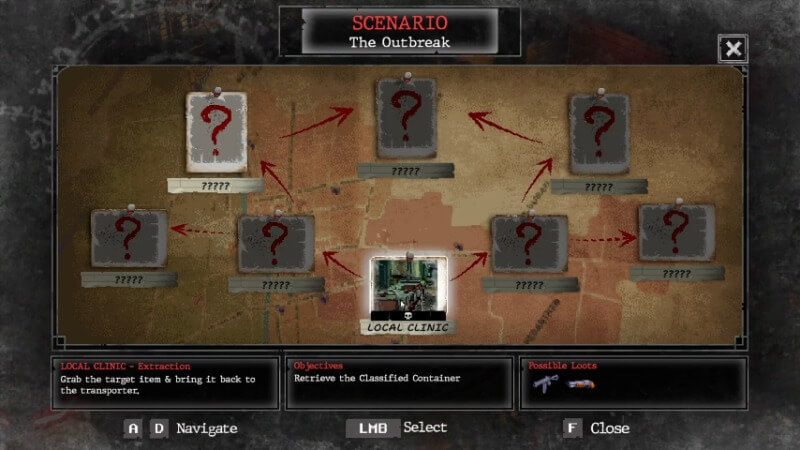
Each level comes with an objective marked on your map, which, at least in my case, has always consisted of retrieving a briefcase. Of course, locked doors ensure the path to these items isn’t a straight shot, and along the way, you’ll run into puzzles that frequently require a pen and pad. You’ll have to figure out ciphers for safe codes, do math to uncover computer passwords, pick locks, and so on. And you’ll have to do all that while fighting a steady stream of zombies. Beyond this style of puzzle solving, many other survival horror staples are here: ammo is limited, and storage space is even more precious. Mix herbs together to make a more powerful healing agent; you know the drill.
Where things really begin to diverge, though, is how the randomized events lead to dynamic scares. While it’s usually fairly easy to dispatch the smaller groups of zombies, every once in a while, a horde event will happen, sending a mass of hungry flesh-eaters your way—you can take precautions by closing doors and finding a nice choke point, or you can continue towards your objective, dispatching them on the way. On top of this, it seems the longer you take to get through an area, the nastier these groups get, eventually including monsters a whole lot worse than your average walking dead. It creates a tension between opening every last cabinet for extra ammo (which you might want to do because you retain items between missions) and clearing out ASAP.
Perhaps best of all, when you combine the randomness of these monster spawns with the act of puzzle solving, you get some very natural “oh shit” moments. At one point, while figuring out a math problem with a pencil and paper, a zombie crashed through a nearby window, leaving me scrambling for my mouse as I switched from arithmetic to brain-busting. It’s all a bit creepier because these zombies seem to be of the occult, Evil Dead variety, and can’t be cleanly attributed to a rogue pharmaceutical company. Even playing the game alone before release, I could very much see the viral potential of the game’s puzzles meets jump scares, and I say that as a compliment.
-

-

-

-

-

-

-

-

-

-

-

-

-

-

-

-

-

-

-

-

-

-

-

-

-

-

-

-

-

-

-

-

-

-

-

-

-

-

-

-

